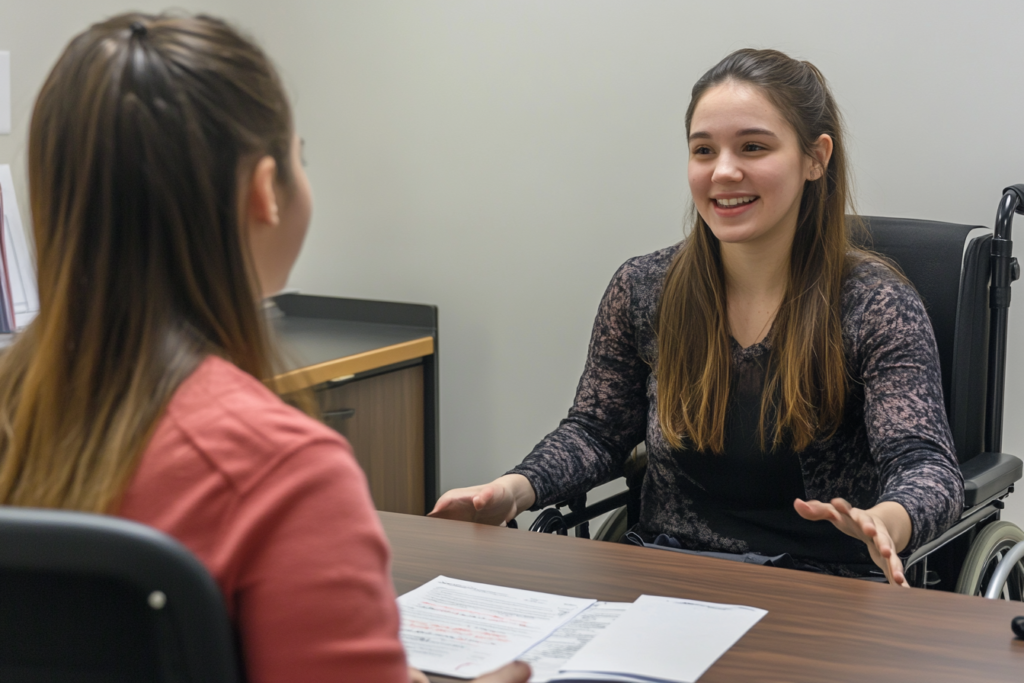
Introduction
Clear communication is essential in every aspect of life—at work, in social settings, and with family. For many adults, speech and language challenges such as stuttering, slurred speech, weak voice, or articulation difficulties can make expressing themselves frustrating. Fortunately, adult speech therapy at home offers practical, effective strategies to strengthen your voice, improve fluency, and boost confidence—without leaving the comfort of your home.
In this guide, we’ll explore how adult speech therapy at home works, why it’s effective, and practical exercises you can start today to enhance your communication skills.
Why Speech Therapy at Home for Adults Is Important
Many people assume speech therapy is just for children, but adults face challenges too. Common reasons adults seek therapy include:
Stroke or Brain Injury Recovery – Regaining lost speech and language abilities.
Neurological Conditions – Such as Parkinson’s disease or multiple sclerosis.
Stuttering or Fluency Disorders – Reducing blocks and repetitions in speech.
Accent Reduction – Improving pronunciation for professional or social clarity.
Social Communication Challenges – Enhancing conversation and interpersonal skills.
Voice Strain or Vocal Fatigue – Strengthening and protecting your voice.
Home-based therapy complements traditional in-person sessions. It allows adults to practice in a familiar environment, integrate exercises into daily routines, and maintain consistency without the stress of traveling to a clinic.
Benefits of Doing Speech Therapy at Home
Convenience and Flexibility – Practice at times that suit your schedule, whether early mornings, lunch breaks, or evenings.
Comfort and Familiarity – Being in a familiar environment reduces anxiety and encourages regular practice.
Cost-Effective – Home-based therapy can reduce travel and session fees; many online platforms offer affordable packages.
Personalized Practice – Therapists can tailor exercises to your specific needs and daily routines.
Consistency – Practicing at home encourages daily engagement, which is essential for long-term progress.
How to Get Started with Adult Speech Therapy at Home
Step 1: Consult a Licensed Speech-Language Pathologist (SLP)
A professional SLP can assess your needs, identify challenges, and create a customized therapy plan. Many SLPs now offer online sessions, making it easier than ever to get expert guidance at home.
Step 2: Create a Home Practice Routine
Consistency is key. Even 15–20 minutes daily can produce measurable improvements over time.
Step 3: Utilize Online Tools and Resources
Apps like Constant Therapy, Tactus Therapy, and Lingraphica provide guided exercises for speech, language, and fluency.
Step 4: Practice Real-Life Scenarios
Simulate conversations you encounter daily—ordering food, making phone calls, or giving a presentation. This helps reinforce practical communication skills.
Step 5: Track Your Progress
Keep a journal or record sessions to monitor improvement over time. Celebrating small milestones boosts motivation and confidence.
Effective Speech Therapy Exercises Adults Can Do at Home
Breathing and Voice Control
Diaphragmatic Breathing – Place a hand on your stomach, inhale deeply, and exhale while making a sound like “ahhh.” Repeat 5–10 times to strengthen breath support.
Sustained Phonation – Hold a vowel sound (“a,” “e,” “o”) as long as possible, gradually increasing duration.
Articulation Drills
Tongue Twisters – Start slowly, emphasizing clarity before increasing speed.
Over-Articulation – Exaggerate mouth movements when pronouncing challenging words (e.g., “banana”).
Consonant Repetition – Practice tricky sounds like “r,” “s,” “th,” or “l.” Example: “The red rabbit ran rapidly.”
Fluency Strategies
Slow Speech Practice – Read aloud slowly, pausing between sentences for natural rhythm.
Easy Onset – Gently ease into words instead of forcing them out abruptly. Example: begin “sun” with a soft “ssss” before completing the word.
Strengthening Oral Muscles
- Lip Trills – Blow air through closed lips to strengthen airflow and lip control.
Cheek Puff – Puff cheeks and hold air for 5–10 seconds.
Tongue Push – Press tongue against the inside of your cheek, hold for 5 seconds, and switch sides.
Social Communication Skills
Role-Playing – Practice real-life conversations, such as introducing yourself or ordering at a restaurant.
Mirror Practice – Observe facial expressions and mouth movements while speaking.
Recording Practice – Record yourself reading or speaking, then review to identify areas for improvement.
Professional Support and Telepractice
While independent exercises are beneficial, combining them with guidance from a licensed SLP is most effective. Many professionals now offer telepractice sessions via video platforms, giving adults access to expert care without leaving home.
Where to find a licensed therapist:
- ASHA Directory
Local hospitals and rehabilitation centers
Private clinics offering online therapy
Overcoming Challenges in Home Speech Therapy
- Staying Motivated – Set achievable goals, like practicing for 10 minutes daily.
Avoiding Isolation – Join online support groups to share progress and stay accountable.
Managing Frustration – Speech improvement is gradual. Celebrate small victories such as clear word pronunciation or successful conversations.
Avoiding Isolation
Who Can Benefit Most from Home Speech Therapy?
Stroke survivors rebuilding speech and language abilities
Professionals seeking clearer communication and confidence
Adults with stuttering or fluency disorders
Singers, teachers, and public speakers managing vocal strain
Non-native speakers aiming to improve accent and clarity
FAQs About Adult Speech Therapy at Home
1. Can speech therapy at home be effective?
Yes. With consistent practice and professional guidance, home-based therapy can be as effective as clinic sessions.
2. How long until I see results?
Results vary. Some adults notice improvements in a few weeks; others may take several months depending on the condition.
3. Do I need a therapist?
Self-practice helps, but an SLP ensures exercises are safe, effective, and targeted to your specific needs.
4. What equipment is needed for online therapy?
A computer or tablet with a webcam, microphone, and stable internet connection is usually sufficient.
5. Is therapy covered by insurance?
Many plans cover medically necessary speech therapy. Check with your provider to confirm.
Final Thoughts
Speech therapy at home for adults is more than just exercises—it’s a pathway to clearer communication, stronger confidence, and improved quality of life. Whether recovering from a stroke, managing stuttering, or enhancing professional communication, consistent practice combined with professional guidance makes a real difference.
By integrating speech exercises into daily routines, adults can strengthen their voice, improve fluency, and overcome communication barriers—all from the comfort of home.
Call to Action
Are you ready to take control of your communication skills?
👉 Connect with a licensed speech-language pathologist today or start practicing the home exercises outlined in this guide. With dedication and guidance, you can speak clearly, confidently, and fluently—unlocking new opportunities in every area of life.


